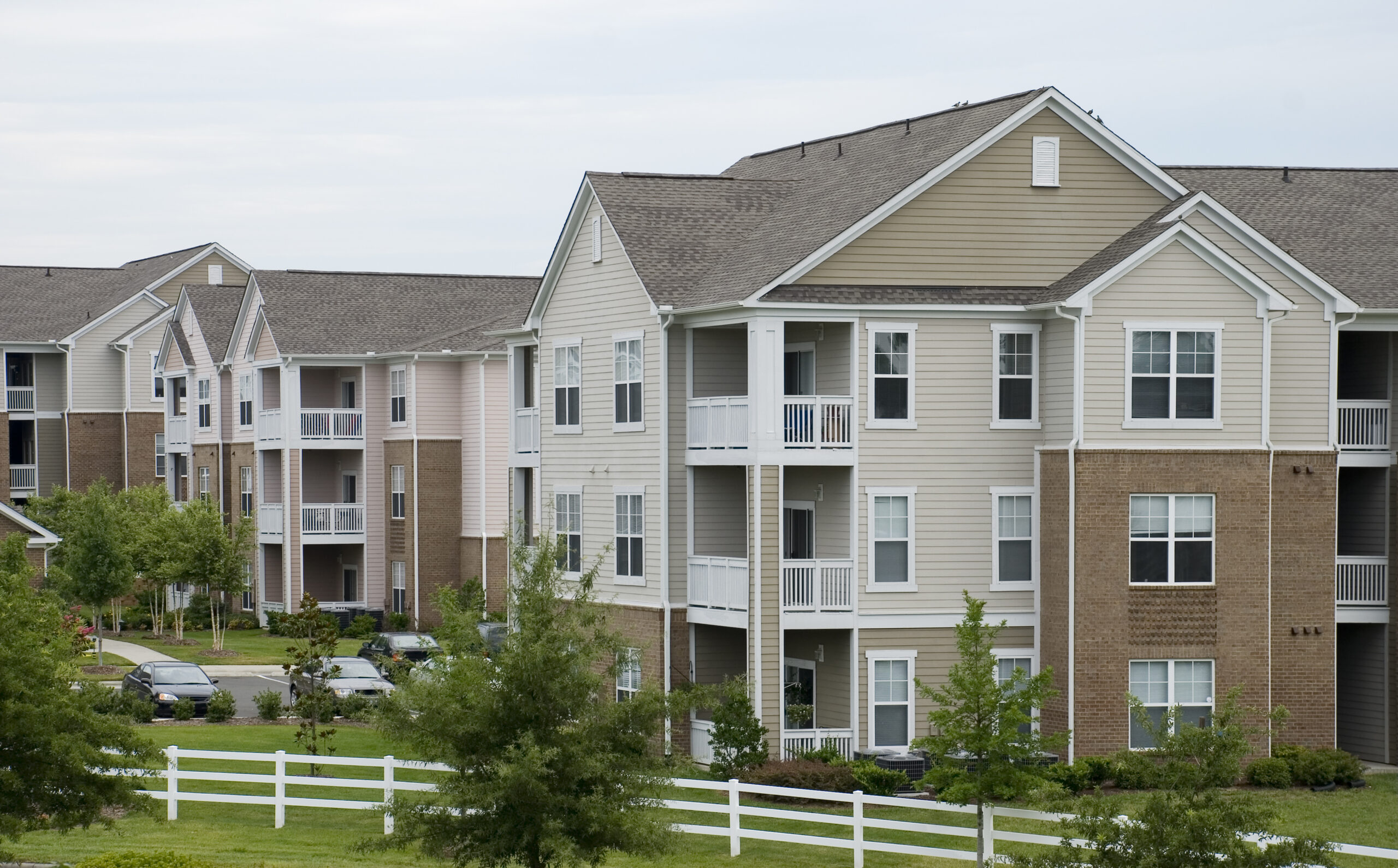Small multifamily assets have begun to settle into a consistent pattern of growth following two years of price corrections. Building on the findings of Arbor Realty Trust’s Small Multifamily Investment Trends Report Q4 2025, our research teams look more closely at recent pricing trends and the factors driving the turnaround.
Financing Workforce Housing: A Stable and Value-Add Investment

Fannie Mae and Freddie Mac, which operate under the Federal Housing Finance Agency’s Duty to Serve Plan, have made financing workforce housing a central component of creating more equitable and sustainable access to quality rental housing. With a wide range of programs and incentives now available, investors have been increasingly securing stable and valuable opportunities, which can also improve the lives of cost-burdened middle-income professionals.

10 Items to Have on Hand for the Fastest Financing Possible

In today’s constantly evolving market environment, partnering with a lender that can balance prioritizing speed of execution with tailored solutions makes all the difference in securing the financing you need. Arbor’s experience, expertise, and innovation, combined with our willingness to understand each deal and work to make it successful, set us apart from other multifamily lenders. In our more than three decades of closing deals, we’ve found that having these 10 items on hand at the beginning of your borrowing journey helps prevent roadblocks and streamlines the entire financing process.

FHA Allows More Frequent Surplus Cash Distributions

The Federal Housing Administration (FHA) announced on September 7 that it had increased the frequency of allowable surplus cash distributions with most FHA-insured multifamily mortgages. Distributions can now be taken as often as once per month, updated from two times per accounting year historically.

Q1 2021 Small Multifamily Metro Area Cap Rate Trends

Through first-quarter 2021, smaller metros experienced more cap rate compression for small multifamily properties than larger gateway markets. This trend reflects the migration patterns seen in most of 2020, as many households looked to move out of more urban areas.

Q1 2021 Small Multifamily Investment Trends Report

The Q1 2021 Small Multifamily Investment Trends Report reveals small multifamily prices rose 2.3% quarter over quarter and 5.5% year over year as the sector begins to show signs of a return to normal. Read the full report for exclusive research and commentary.

Q4 2020 Small Multifamily Investment Trends Report

The Q4 2020 Small Multifamily Investment Trends Report notes that small multifamily prices rose again in the fourth quarter of 2020, up 1.6% from the previous quarter and 2.0% year-over year. Read the full report for exclusive research and commentary.


